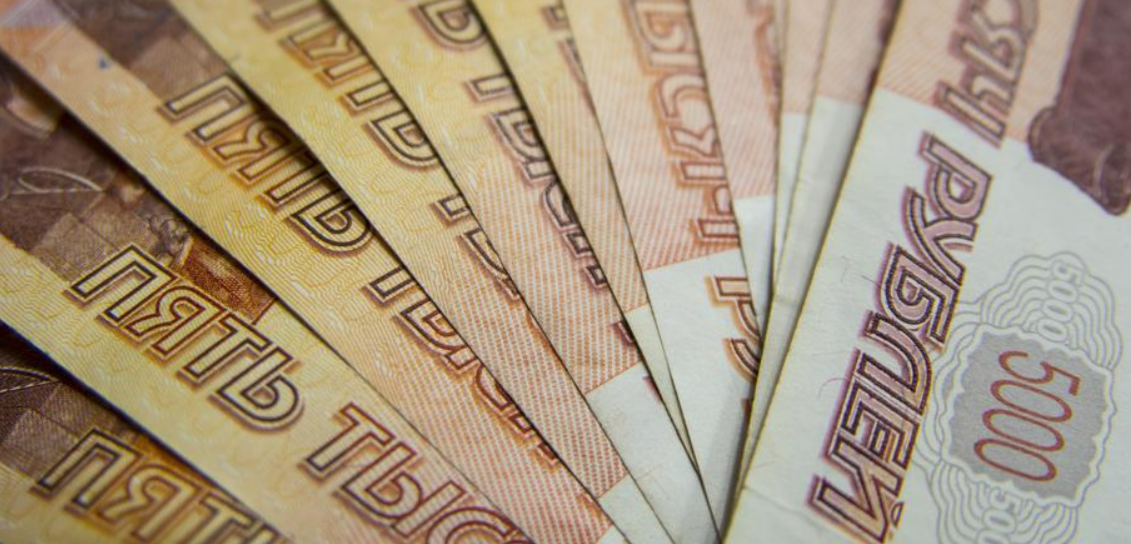Russian rouble steadies after sell-off on Ukraine tensions
Versus the euro, the rouble gained 0.4% to trade at 88.86 , recovering from its weakest since July 2021, hit on Monday. "A corrective bounce is not off the cards considering the scale of yesterday's sell-off, however U.S.-Russia tensions remain as hot as they ever have been and the trend would suggest further weakness ahead," said BCS Global Markets in a note.

The rouble steadied on Tuesday after a massive sell-off in the previous session saw the currency plunged to a more than 14-month low, with Russian assets highly sensitive to tensions between Moscow and the West over Ukraine. Volatility has plagued Russian markets in recent weeks amid Western fears Russia is poised to invade its neighbor, something Moscow has repeatedly denied. The West has threatened sanctions with profound economic effects if Russia does make an incursion.
NATO said on Monday it was putting forces on standby and reinforcing eastern Europe with more ships and fighter jets, in what Russia denounced as Western "hysteria" in response to its build-up of troops on the Ukraine border. By 0837 GMT, the rouble was 0.1% stronger against the dollar at 78.69, paring early gains. On Monday it fell to 79.50, the rouble's weakest point since Nov. 3, 2020.
The rouble may stay below 79 versus the greenback provided there are no news shocks, Promsvyazbank analysts said in a note, with investors also eyeing a two-day U.S. Federal Reserve policy meeting for any hints on the timing and pace of rate hikes. Versus the euro, the rouble gained 0.4% to trade at 88.86, recovering from its weakest since July 2021, hit on Monday.
"A corrective bounce is not off the cards considering the scale of yesterday's sell-off, however, U.S.-Russia tensions remain as hot as they ever have been and the trend would suggest further weakness ahead," said BCS Global Markets in a note. The rouble benefited briefly from Russia's central bank saying it would stop foreign currency purchases on Monday before losses resumed.
Under a fiscal rule adopted in 2017 to strengthen the National Wealth Fund, Russia buys foreign currency when oil prices are high and sells when prices go below $44 per barrel, shielding the rouble from oil price swings. Brent crude oil, a global benchmark for Russia's main export, was up 0.8% at $86.95 a barrel.
Russia's 10-year OFZ bond yields hit 9.77% on Tuesday, their highest since early 2016. Yields move inversely to prices. Russian stock indexes were recovering after sinking to their lowest since late 2020 in the previous session.
The dollar-denominated RTS index was up 1.3% to 1,305.3 points. The rouble-based MOEX Russian index was 0.7% higher at 3,258.2 points.
(This story has not been edited by Devdiscourse staff and is auto-generated from a syndicated feed.)










